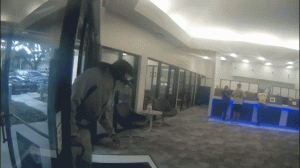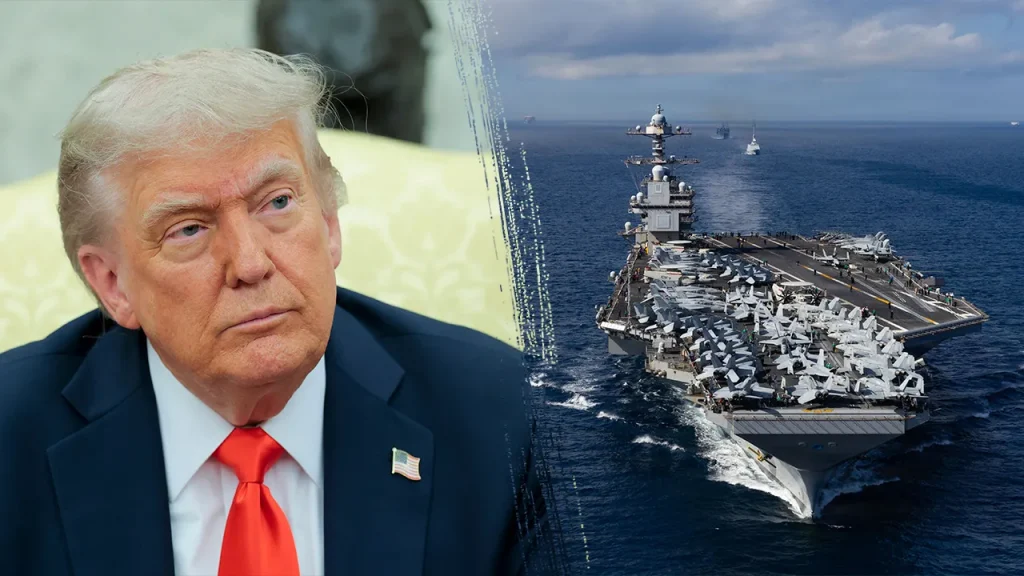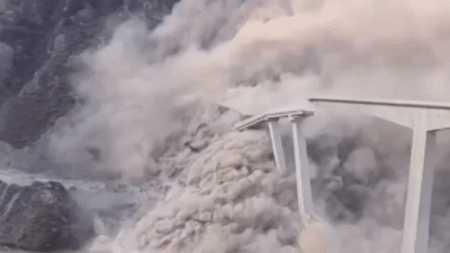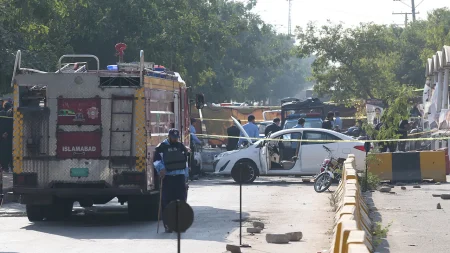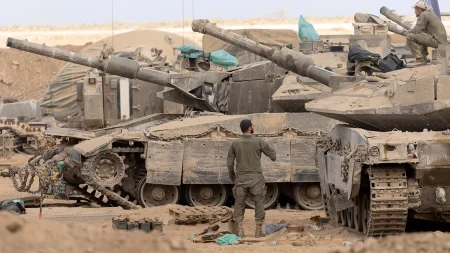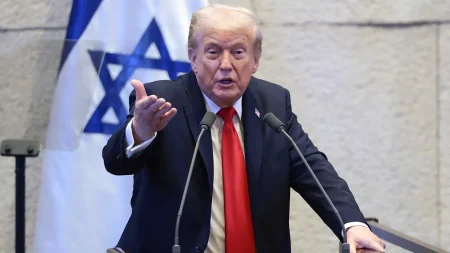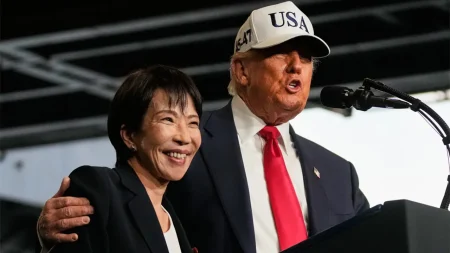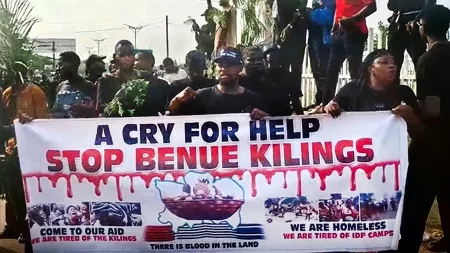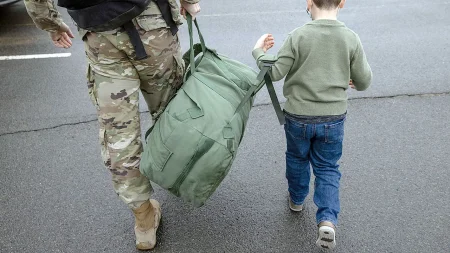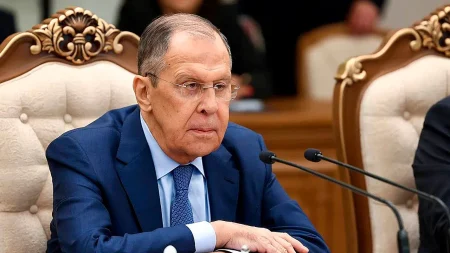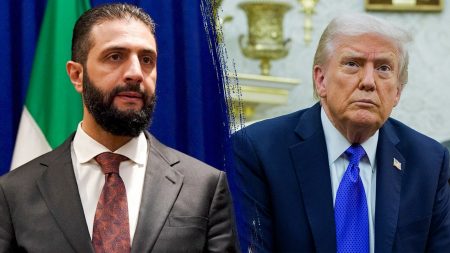Venezuela’s Military Response to U.S. Naval Presence in the Caribbean
In the face of increasing U.S. military activity in the Caribbean, Venezuela has begun implementing defensive measures that reflect the significant power imbalance between the two nations. President Nicolás Maduro’s government has deployed what it terms a “prolonged resistance” strategy, dispersing small military units across more than 280 locations throughout the country. These units are reportedly preparing for potential guerrilla warfare tactics, including sabotage operations, should any U.S. military action materialize. This approach acknowledges Venezuela’s limitations in conventional warfare, with one government source candidly admitting, “We wouldn’t last two hours in a conventional war.” Despite this stark assessment, Maduro has publicly vowed that Venezuelan citizens will defend their nation from what he characterizes as American aggression.
The Trump administration’s recent naval deployments have significantly raised tensions in the region. U.S. forces have conducted strikes against suspected drug vessels in Caribbean waters, with President Trump ominously suggesting that “the land is going to be next,” hinting at possible ground operations in Venezuela. The deployment of the USS Gerald R. Ford Carrier Strike Group to the U.S. Southern Command area further demonstrates America’s growing military presence. Pentagon Spokesperson Sean Parnell framed these actions as efforts to “detect, monitor, and disrupt illicit actors and activities that compromise the safety and prosperity of the United States homeland,” emphasizing the mission’s focus on disrupting narcotics trafficking and dismantling transnational criminal organizations.
Venezuela’s military preparedness appears to be hampered by significant resource constraints. Reports indicate that some Venezuelan unit commanders have been forced to negotiate directly with local food producers to feed their troops due to insufficient government supplies. This logistical challenge underscores the broader economic difficulties facing the country, which has been mired in a protracted economic crisis. The Venezuelan strategy seems to acknowledge these limitations, focusing on asymmetric warfare tactics rather than attempting to match U.S. military might directly. This approach draws on historical guerrilla warfare precedents where numerically and technologically inferior forces have used terrain knowledge, mobility, and surprise to counter more powerful adversaries.
The international dimension of this confrontation adds another layer of complexity. Russia’s foreign ministry has publicly stated its willingness to respond to Venezuela’s requests for assistance, while simultaneously urging against any escalation in tensions. This statement positions Russia as a potential counterbalance to U.S. influence in the region, echoing Cold War-era geopolitical dynamics where Latin America became a theater for superpower competition. However, the exact nature and extent of Russia’s potential support remain undefined, leaving questions about how meaningful such assistance might be in the face of determined U.S. action.
President Maduro has consistently characterized U.S. actions as attempts to oust him from power, framing the confrontation in terms of Venezuelan sovereignty against American imperialism. This narrative resonates with portions of the Venezuelan population and with other governments wary of U.S. intervention in Latin America. The Trump administration, meanwhile, has portrayed its actions as targeting drug trafficking operations rather than pursuing regime change, though the president’s own statements sometimes contradict this more limited framing. This rhetorical battle plays out against the backdrop of Venezuela’s ongoing political crisis, with both Maduro and opposition leader Juan Guaidó claiming legitimate leadership of the country.
The current military posturing represents a dangerous escalation in a relationship that has been deteriorating for years. While a full-scale U.S. invasion remains speculative, the deployment of significant naval assets to the region raises the stakes and increases the risk of miscalculation. Venezuela’s preparation for “prolonged resistance” suggests the government anticipates potential conflict and is attempting to prepare despite overwhelming disadvantages. For ordinary Venezuelans, already struggling with economic hardship, food shortages, and a collapsing healthcare system, the threat of military conflict adds yet another layer of insecurity to daily life. As warships patrol Caribbean waters and military units disperse throughout Venezuela, the prospect of peaceful resolution seems to recede, leaving an uncertain and potentially volatile future for the region.


